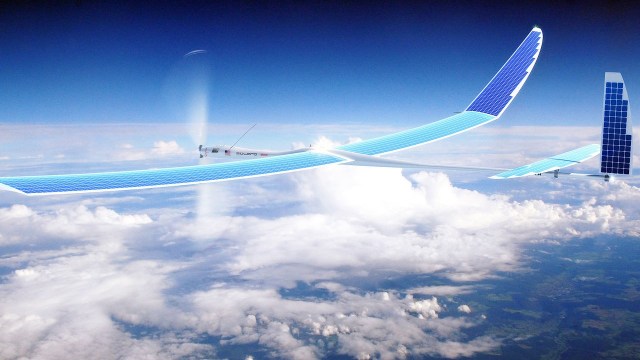Project SkyBender
5G Network Delivered by Drone
Google’s playfulness in domains ruled by curiosity and ambition is never-ending. The giant seems to be working on a new and very secretive project dubbed SkyBender, as reported by The Guardian. This is a new Internet-in-the-sky program designed to bring the next-generation 5G network. Unlike Project Loon, but part of the Google Access team that […]
